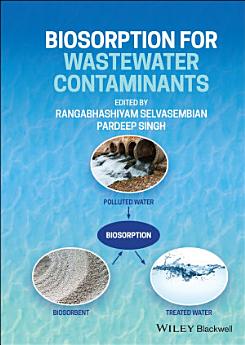Biosorption for Wastewater Contaminants
מידע על הספר הדיגיטלי הזה
This book provides up-to-date information on wastewater contaminants, aimed at researchers, engineers and technologists working in this field. Conventional physicochemical techniques used to remove contaminants from wastewater include ion exchange, precipitation, degradation, coagulation, coating, membrane processes and adsorption. However, these applications have technological and economic limitations, and involve the release of large amounts of chemical reagents and by-products that are themselves difficult to remove. Biosorption - the use of organically generated material as an adsorbent – is attracting new research and scholarship. Thermally-treated calcined biomaterials may be treated to remove heavy metals from wastewater. To ensure the elimination of these contaminants, existing solutions must be integrated with intelligent biosorption functions.
Biosorption for Wastewater Contaminants will find an appreciative audience among academics and postgraduates working in the fields of environmental biotechnology, environmental engineering, wastewater treatment technology and environmental chemistry.
על המחבר
About the Editors
Dr Rangabhashiyam Selvasembian is an Assistant Professor in the School of Chemical and Biotechnology, SASTRA Deemed University, Tamil Nadu, India.
Dr Pardeep Singh is an Assistant Professor in the Department of Environmental Science, PGDAV College, University of Delhi, New Delhi, India.






